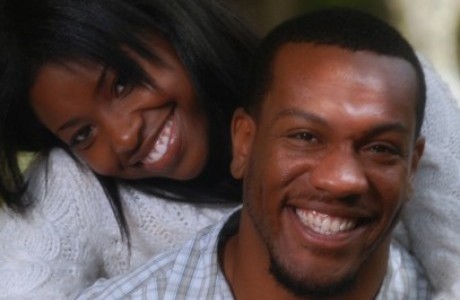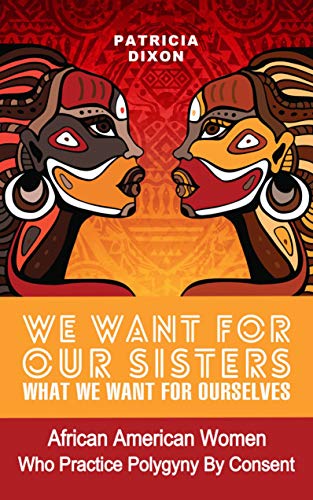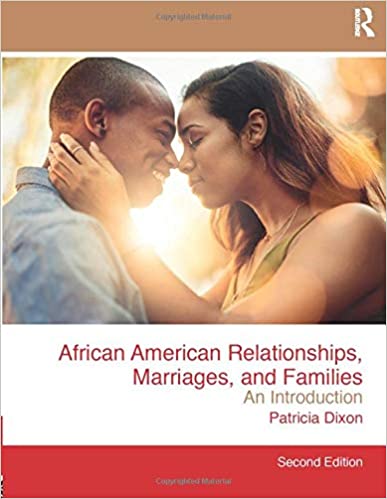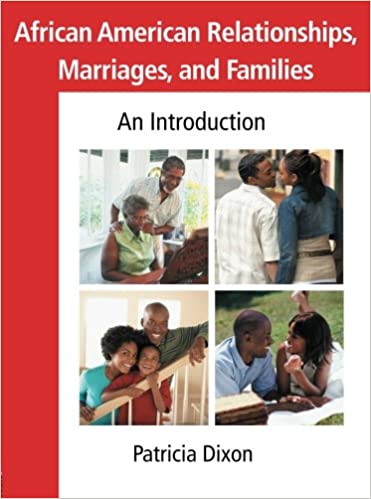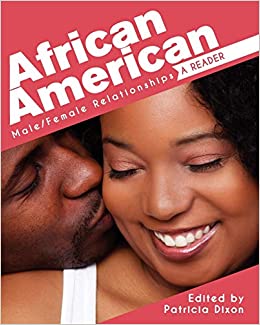Category Archives: marriage advice
One of the top wedding dress designers in the world won't hesitate to tell a bride to rethink a wedding
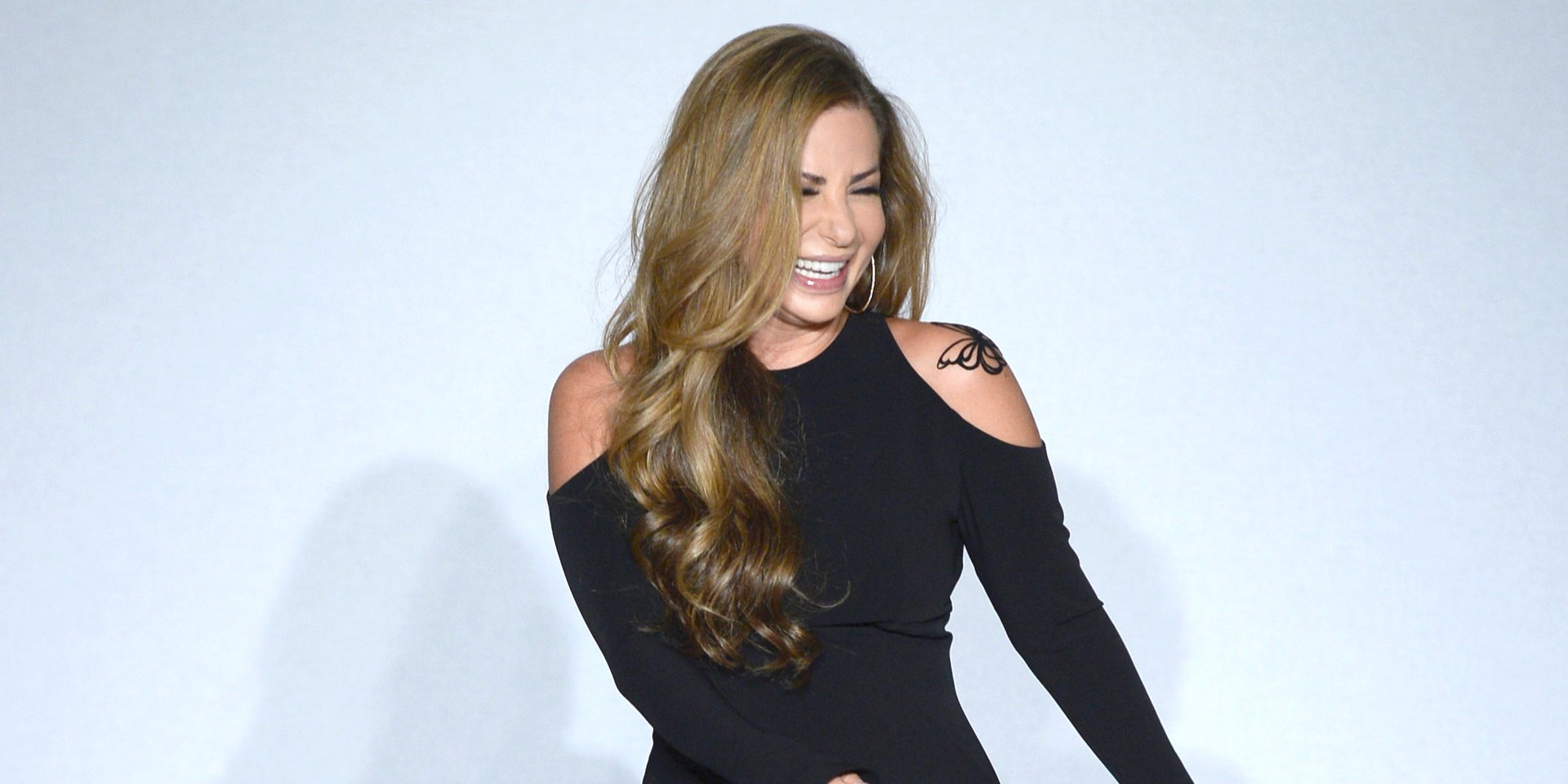
Pnina Tornai, a designer on TLC’s “Say Yes To The Dress” sees 90 to 120 brides a day at Kleinfeld, a world renowned bridal store in New York City.
If a bride discloses to Tornai that they have a rocky relationship, she doesn’t hold back her advice, she said on an episode of Business Insider’s podcast “This Is Success.”
By the age of 23, she was married with child. “It was an abusive marriage,” Tornai said. She has since divorced and remarried, but the experience has given her perspective that she thinks could be useful to other women.
“And you know, if a bride would come in and say to me that she’s going through a very tough time with her fiancé and she’s being disrespected or abused, I would always tell her the truth,” Tornai said. “I would always tell her that these things do not get better, they only get worse, so maybe she should postpone, think about it.”
While married, Tornai was pursuing a career in acting, but her then-husband put a stop to her dream job.
“At the time, I didn’t have the luxury to really think twice whether I was doing the right thing or not. I became a mother at the age of 23, so everything happened in a way where I didn’t think that pursuing my dream at the time was the most important thing,” she said.
Now, if a bride comes to Tornai for a dress and expresses a similar experience with a fiancé, she doesn’t hesitate to share her own story or advise a bride to postpone nuptials.
“And every bride that would come to me with her story and tell me how she feels, sometimes also her hesitations and her hardships, I would always put aside the dress and make sure that I was giving her the right advice even if it meant to tell my bride to postpone a wedding,” she said.
Still, those experiences with other brides can be triggering for Tornai.
“I remember moments where I heard a bride talking about her own story. I was strong for her, but I would go in the back of the store and burst in tears because it reminded me of my story,” Tornai said.
She continued: “But you know what? Nobody promised us a rose garden, and the beauty in life is that if you are true to yourself and you walk your path, you can create quite a beautiful garden. We all have the abilities to do that.”
Royal ULTIMATUM: Prince Philip's STERN words to Charles about Diana revealed
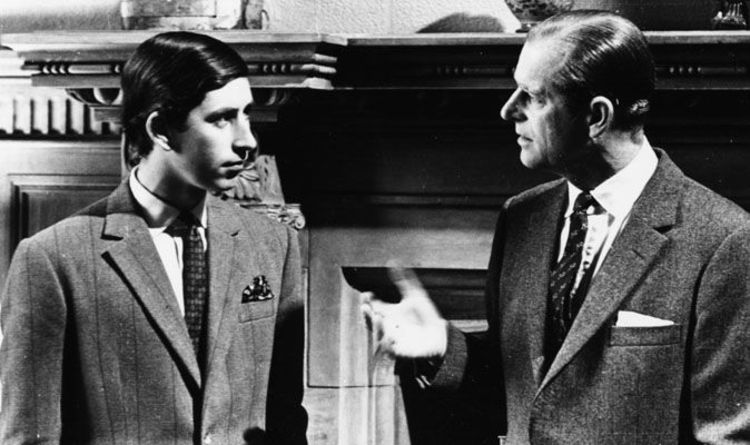
Viewers thought it was a fairytale when Lady Diana Spencer walked down the aisle in a 25-foot train to marry her prince in 1981, a girl of 20 seemingly destined to become queen of England. With an estimated 750 million people watching around the world, the fresh-faced Diana said “I do” to 32-year-old Prince Charles. However, their 15-year marriage was doomed from the start, as the public would come to find out Charles’ heart was tied up with Camilla Parker Bowles, a woman he had met over a decade before.
Camilla lacked an aristocratic bloodline and wasn’t viewed as “virginal” enough for a proper courtship and role as a royal wife.
The devastated prince remained close friends with Camilla and rekindled an affair with her in the late 1970 before finally moving on in 1981 with Diana.
In “The Duchess of Cornwall: Camilla’s Story and Secrets”, it was revealed how Prince Charles was forced to make a quick move on Diana before the princess’ reputation was ruined.
According to author Jessica Jayne, Diana grew anxious of Camilla’s presence in Charles’ life in the early days of their courtship.
The book documents how, on social occasions where Charles and Diana appeared together, Camilla would also make an appearance alongside her husband Andrew Parker Bowles.
On the subject of proposing to Diana, the author claims that Charles said he was “terrified of making a promise and living to regret it”.
However, Prince Philip was on-hand to alleviate Charles’ inhibitions and urged him to make a decision, reportedly saying: “Either propose to Diana or break it off.”
After much deliberation, Charles proposed to Diana in February 1981.
Princess Diana showed off her engagement ring featuring 14 solitaire diamonds surrounding a 12-carat oval blue Ceylon sapphire set in 18-carat white gold.
The engagement ring was created by British luxury jewellery maker Gerrard and the cost of the ring at the time was £28,000.
They were married on Wednesday July 29, 1981, at St Paul’s Cathedral in London, with notable figures in attendance including many members of royal families from around the world.
When asked if their love was real in 1981, a demure Diana replied “of course”, before Charles added: “Whatever ‘in love’ means.”
The couple separated in 1992 and Princess Diana and Prince Charles’ divorce was finalised on August 28, 1999.
Texas woman celebrates divorce by blowing up wedding dress

This is one marriage that ended with a bang.
A Texas woman celebrated her divorce by blowing up her wedding dress on the family’s farm in LaCoste, 25 miles west of San Antonio, KSAT reported.
Kimberly Santleben-Stiteler obtained a divorce Friday in Medina County after 14 years of marriage to Henry Jordan Stiteler. On Saturday night, the 43-year-old celebrated with her parents, sisters, and brother-in-law by filling her wedding dress with 20 pounds of Tannerite, an explosive target material, KTRK reported. Santeben-Stiteler used a rifle to take a shot at the dress, positioned 200 yards away. Her shot was true, and her wedding dress went up in smoke.
“I wanted to remove all things from our marriage from our house,” Santleben-Stiteler told the Fort Worth Star-Telegram. “Photos in the attic, ring in the safe (but probably going to sell it) and the dress I wanted to burn.
“I had a lot of advice and suggestions from friends and family, like donating it for premature babies and baptism gowns. However, to me, the dress represented a lie. I wanted to have a divorce party to burn the dress.”
The explosion, met with cheers by Santleben-Stiteler’s family, could be heard for miles.
“We were all getting messages asking if that was our explosion people were feeling and hearing around the county, up to at least 15 miles away,” Carla Santleben-Newport, Kimberly’s sister, told the Star-Telegram. “It was like, ‘Uh, is everything OK over there?’”
It may have not been a shotgun wedding 14 years ago, but it was a one-shot divorce celebration Saturday night.
“On the one hand, it was like being on (the) set of some action movie. The explosion was huge,” Santleben-Stiteler told the Star-Tribune. “It was liberating pulling that trigger. It was closure for all of us.”
CEOs and Scientific Founders: Tips for a Long and Successful Marriage
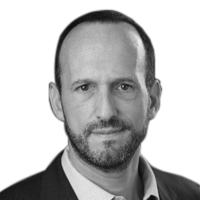
It seemed like the perfect match: A scientist founder from a top-tier academic institution; A technological innovation based on years and millions of dollars of federally-funded research in a university lab; And a successful entrepreneur and industry veteran named as the CEO of the startup that would take the work forward.
But soon after the scientist and CEO began working together, problems began. Feelings were hurt over who should serve as the public face of the company when talking to the press and potential funders. Bitter disputes emerged over each change to the product being developed. Worst of all, mismatched expectations about how to split the equity in the startup ended in shouting matches, from which neither party was willing to back down. Within months and well before raising any venture funding, the company had fallen apart in acrimony.
Unfortunately, I have seen this story unfold far too often. Of the 25+ startups that get launched each year based on cutting-edge scientific inventions emerging from Columbia University’s research labs, most launch successfully and go on to raise venture financing. But a disappointing number fail quickly due to these fundamentally avoidable misunderstandings and misalignments.
In 2016 alone, over 1,000 startups were founded over innovations emerging from U.S. research institutions and medical centers, according to the Association of University Technology Managers. Historically, academic startups have led to some of today’s most successful and well-known companies and products: Google, Akamai, Genentech, Duolingo, and more. In many cases, matching scientific founders with venture-backable CEOs is one of the most critically important steps to getting promising science-based startups out of the lab and into the market. Scientific founders often have the insight, tech chops, and passion to launch the company. But without a founding team that has successful business and startup experience, the company is often not fundable (and hence never gets to market) or fails in avoidable ways in the early years.
Unfortunately, CEO/founder matches too often fail over miscommunication, misunderstandings about norms, misaligned interests, bruised egos, or other avoidable issues. If these issues could be systematically addressed up front, many more of these matches could lead to great CEO/founder harmony. Here are seven of the most common sticking points and some expert advice for how to avoid them:
1. Look before you leap: Scientific founders and CEOs may feel pressure to rush into a formal relationship before they have spent enough time and effort to determine whether there is truly a good match. Given all the ups and downs that startups go through, founding teams need to both like and respect their partners. According to Marc Singer, Managing Director at Osage University Partners:
“Initial impressions can be misleading. If you are a founding principal investigator, you need to evaluate potential CEOs not only in terms of ‘hard’ skills (quality of thinking, product orientation, experience) but also ‘soft skills’ (communication style, how collaborative they are, fit with the founding scientists). Don’t rush it; this takes time. Work with them as an advisor first, with no pre-commitments. After three months, decide if this is a worthwhile partnership.”
Sal Stolfo, Professor of Computer Science at Columbia and serial cybersecurity entrepreneur (Red Balloon; Allure), agrees:
“For my recent company, I interviewed more than 16 CEO candidates until finding the one who fit the opportunity best. The key characteristics were clear reputation for integrity, breadth of relationships in the venture community as well as the business community, and a strong network of professionals in sales and marketing. But even more critically, the CEO candidate needs to be well steeped in the specific target market, not just business in general. Startups don’t have time for the CEO to ‘learn on the job.’”
In addition, Stan Reiss, a general partner of Matrix Partners, comments:
“Unfortunately, I have seen way too many technical university startups preyed on by low quality ‘leeches’ who are really good at negotiating their equity package, but aren’t and will never be stellar performers. Invest the time to get to know them, do thorough reference checks, and ask, ‘If this was a technical co-founder, would they be good enough?’”
2. Splitting the pie: Scientific founders often feel strongly that the company is being built on their insights and years of work in the lab. CEOs, meanwhile, believe the company’s future depends largely on their efforts, like raising venture funding. Issues often arise around starting equity percentages, how these should change over time, based upon what milestones, and whether equity can be revoked. Osage University Partners analyzed thousands of university startup cap tables from 2009 to 2018, and provide the following guidance for an “average” startup:
 Unfortunately, these ratios will often vary based on who leads the fundraising, how much time each founder is investing, and how far the product is from commercial launch. Local startup-centric attorneys and university tech transfer offices may be able to provide guidance based on their own experiences. According to Carlo Rizzuto, a partner at Versant Ventures:
Unfortunately, these ratios will often vary based on who leads the fundraising, how much time each founder is investing, and how far the product is from commercial launch. Local startup-centric attorneys and university tech transfer offices may be able to provide guidance based on their own experiences. According to Carlo Rizzuto, a partner at Versant Ventures:
“I advise academic founders to recognize that it will take many highly-skilled people and much capital to translate an academic discovery into a successful product. It is far better to own a small piece of a large (valuable) pie than a large piece of a small pie.”
3. Focus: In most university startups, senior faculty members rarely leave their university positions, instead becoming part-time (<20 percent) scientific advisors on the scientific advisory board. It is also not uncommon for successful serial entrepreneurs to work with multiple early-stage startups concurrently as they gain momentum. Accordingly, CEOs can sometimes … Next Page »
